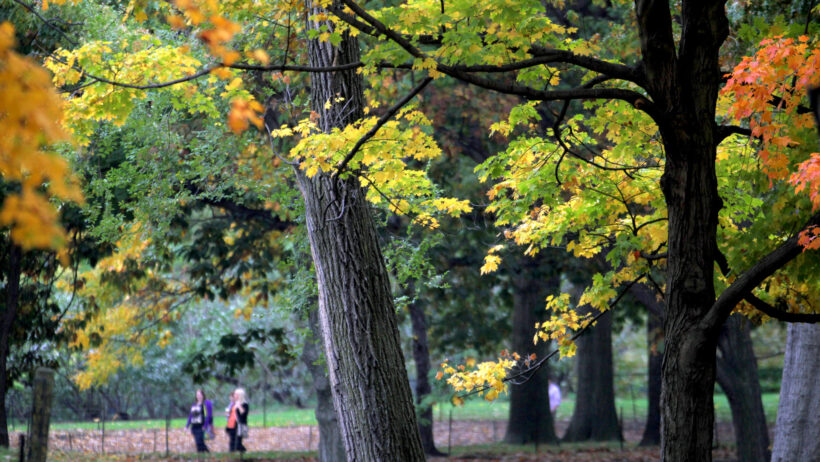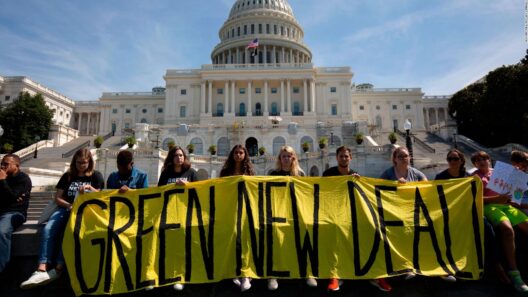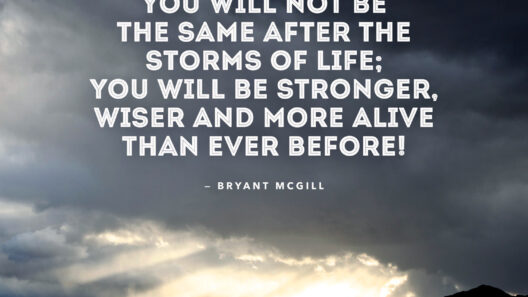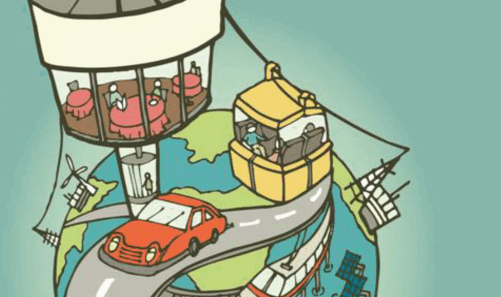As the specter of climate change looms larger, a whimsical yet provocative question emerges: Could building cities underground save us from global warming? This unconventional thought is worth dissecting as we navigate the complexities of urban planning and environmental sustainability. Underground cities present a plethora of possibilities, blending innovative architectural design with ecological mindfulness. However, such a radical shift also poses distinct challenges that warrant thorough examination.
Urban areas are hotspots for greenhouse gas emissions, predominantly due to transportation, industrial activities, and energy consumption in buildings. The concrete jungles, rather than the idyllic representations of urban life, often contribute to the heat island effect, exacerbating the already critical situation. Natural sunlight, expansive pavements, and high energy usage intensify temperatures, further triggering detrimental impacts on both the environment and human health. Could the descent into subterranean landscapes provide respite from these issues?
Buildings situated underground could mitigate the heat island effect by fostering cooler microclimates. Earth exhibits remarkable insulation properties; the temperature remains relatively stable several feet beneath the surface. This natural thermostat could serve as an effective buffer against oscillating surface temperatures. However, while the thermal benefits are compelling, they present a double-edged sword. Underground structures require substantial energy input for ventilation, drainage, and lighting, potentially offsetting any natural temperature resilience.
Resource management is critical when contemplating the construction of underground cities. Drawing from the Earth’s materials—soil, rock, and water—could create sustainable building practices while lessening our carbon footprint. Yet, extracting these resources often entails significant ecological disruption. The balance between innovative architecture and environmental conservation must be delicately navigated. Furthermore, transportation of materials and goods to subterranean sites could aggravate urban congestion and pollution, negating any ecological benefits.
Water regulation is another vital consideration. While underground cities might initially seem insulated from the ravages of drought or heavily fluctuating weather patterns, they are equally susceptible to flooding and groundwater depletion. Below the surface, stormwater management becomes a complex puzzle, requiring intricate systems to mitigate risks. Designing effective drainage solutions alongside these structures may divert efforts from other pressing ecological adaptations, strangling investment in greener technologies.
Additionally, human behavior must underpin these developments. Most people are evolutionarily predisposed to creating upward, reaching toward the sky. Transitioning to an underground lifestyle would necessitate psychological and cultural shifts. Could social interactions and community cohesiveness thrive beneath the earth? The potential lack of natural light might affect mood and mental well-being, thereby creating isolated atmospheres versus the lively interactions found in bustling cities above ground.
Importantly, urban design must prioritize resilience. Continuous urban sprawl exacerbates the vulnerability of cities to climate impacts. Constructing entire cities underground could provide a solid framework for preparing populations for the consequences of climate change. Architects and urban planners must acknowledge the risks of weather-related events and implement cutting-edge designs capable of withstanding floods and landslips.
The technological requirements for underground living also add another layer of complexity. There would be a demand for extensive infrastructure to create livable spaces—integrated air systems, lighting, and water sources capable of functioning independently from traditional networks. This technological revolution could siphon financial resources away from more immediate climate adaptation strategies.
Moreover, one must consider the potential environmental repercussions. The very ecosystems we aim to protect could also be jeopardized by large-scale excavation. Altering soil composition and disturbing native habitats might bear unforeseen consequences. Even with stringent regulations, the intricate interplay of ecological systems remains a mystery yet to be entirely unraveled. Safeguarding biodiversity should remain a priority, even amid such radical shifts in urban living.
Additionally, political frameworks and regulatory constraints will significantly shape the feasibility of underground cities. Zoning laws, safety regulations, and complications surrounding land use would require a comprehensive reevaluation. Significantly, the construction and maintenance of such complex infrastructures could fall prey to bureaucratic delays. Inefficiencies in governmental processes could stall this innovative approach at great cost, both temporal and fiscal.
Despite the myriad of challenges presented, the notion of subterranean cities exemplifies human ingenuity. Creativity and resourcefulness are quintessential for navigating the climate crisis. Exploring alternative living structures—in tandem with established green practices—could unveil innovative solutions. Engaging in dialogues about such radical architectural concepts could amplify public awareness and discourse around climate challenges.
In conclusion, while the allure of underground cities presents fascinating potentials to mitigate the impacts of climate change, it also raises an array of obstacles. The integration of natural resources, infrastructure development, psychological impacts, environmental ramifications, and political considerations all interplay in this grand design. The aspiration for a sustainable future must embrace varied perspectives on urban living, recognizing that while the underground may hold promise, it requires meticulous planning and profound dedication. The journey forward may not merely consist of climbing upward but exploring depths unforeseen.








